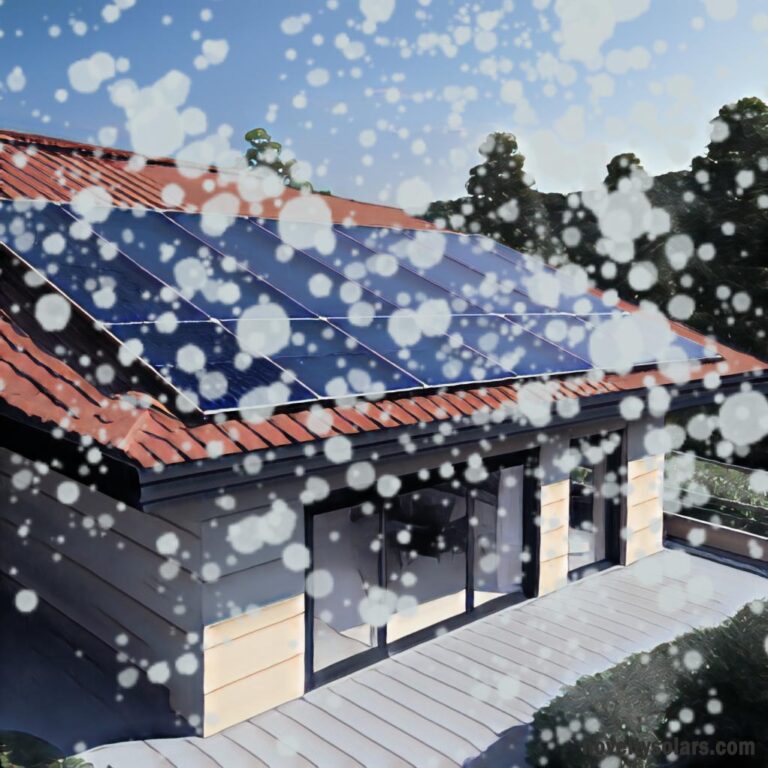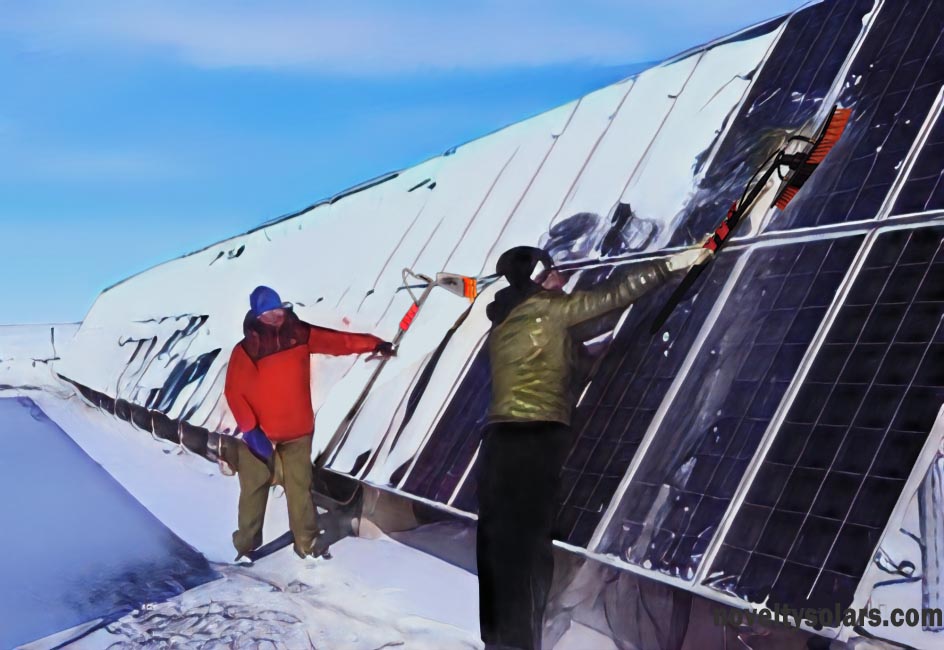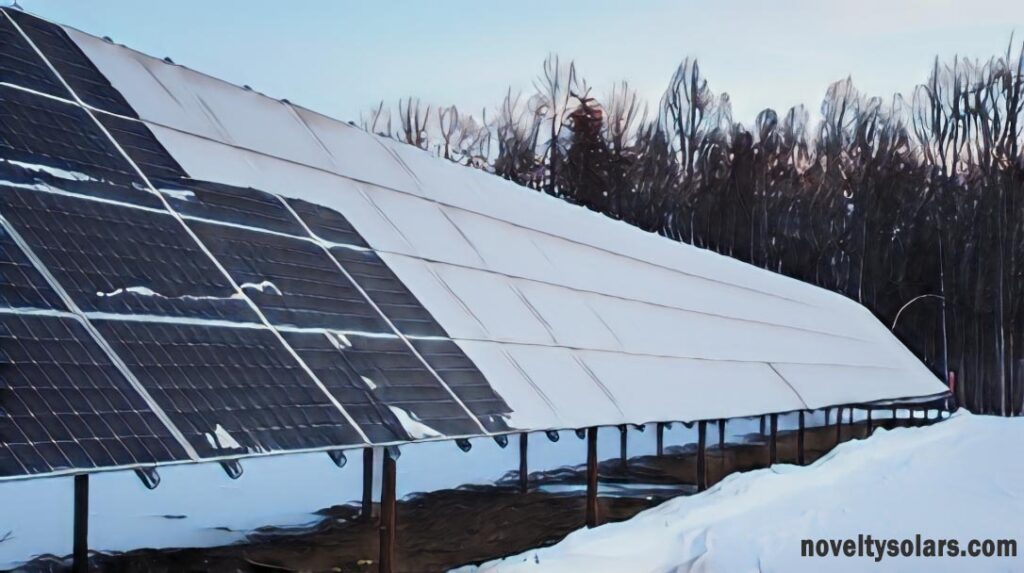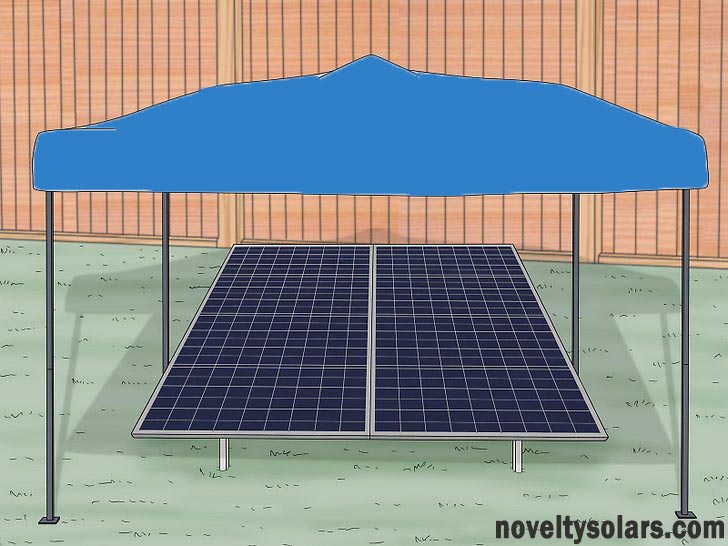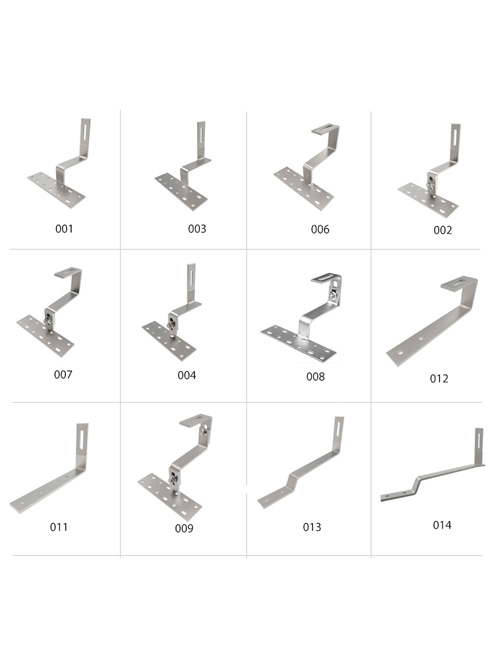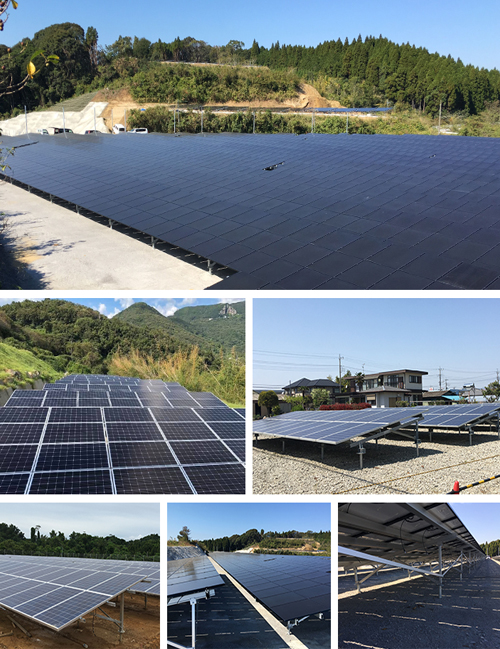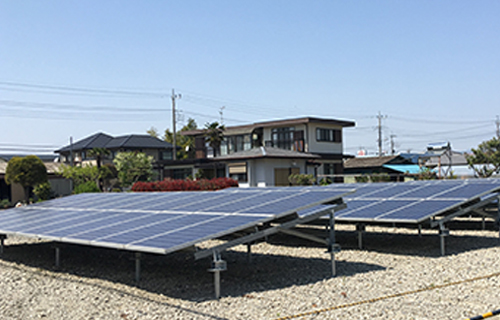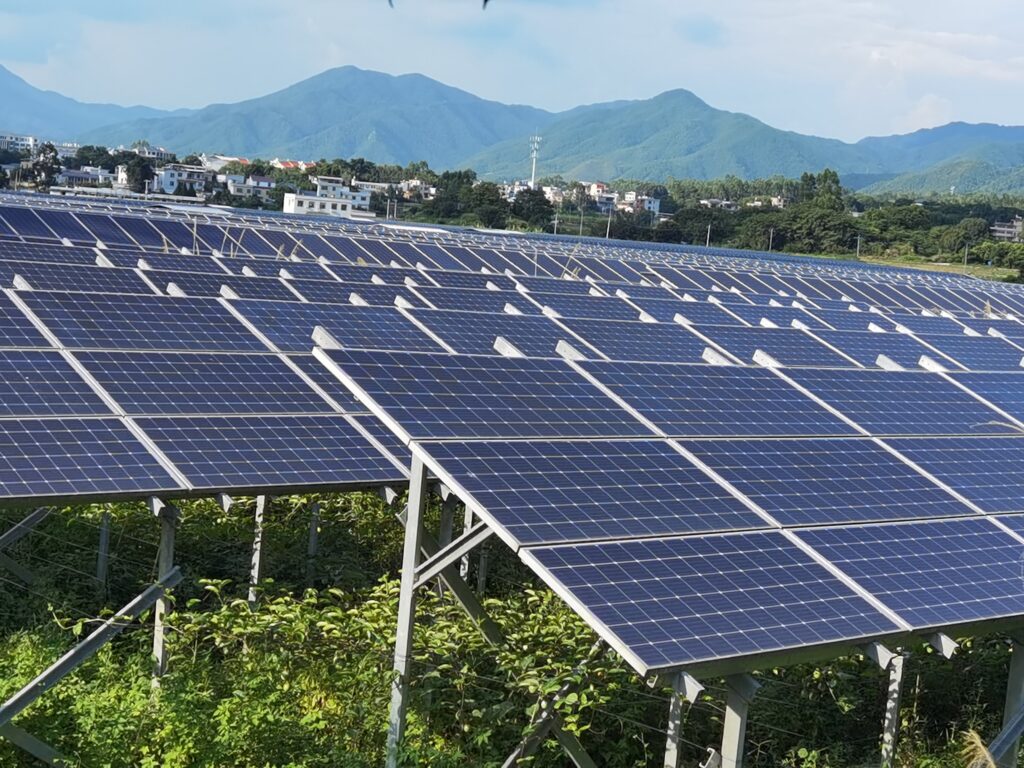How to clean solar panels australia?
In the sunny land of Australia, solar energy is being adopted by more and more homes and businesses as a clean, renewable energy source. However, with the popularity of solar panels, how to maintain their efficient operation, and especially how to clean these panels, has become a concern for many users. Especially in the dry and dusty regions of Australia, the accumulation of sand and dust is particularly severe in the fourth quarter, posing a considerable challenge to the light absorption and conversion efficiency of solar panels. Today, let’s talk about how to efficiently clean your solar panels in Australia.
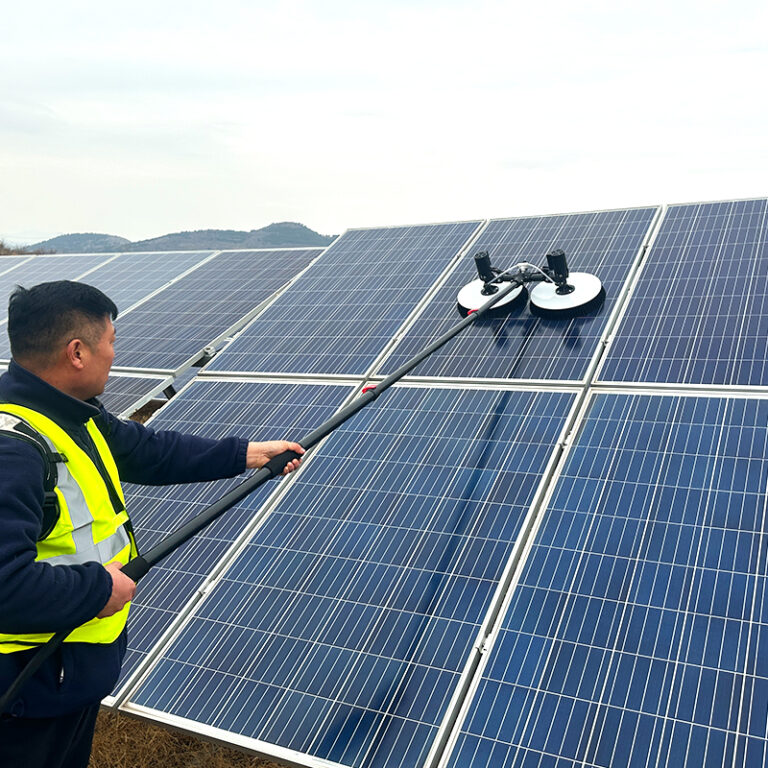
Why clean solar panels in the fourth quarter?
The fourth quarter sees the start of summer in Australia, with strong sunlight and long hours of sunshine.In the third quarter of 2024, solar accounted for 38.5 per cent of Australia’s renewable electricity generation, while grid-scale solar accounted for 18.3 per cent and wind 13.4 per cent. This is the time when solar panels reach their peak efficiency, but it is also the time when dust and dirt accumulate the fastest. Regular cleaning of your solar panels will ensure that they are always in optimum working condition, increasing their efficiency and saving you money on your electricity bill.
Preparation before cleaning
1.Choose the right time of day:
Avoid cleansing in the middle of the day when the sun is at its strongest to avoid burning the skin. It is advisable to clean in the morning or evening when the sun is relatively soft and the temperature is moderate.
2.Power failure protection:
Before cleaning the solar panels, be sure to disconnect the power supply to ensure safety.
cleaning steps
- Initial Rinse: Perform an initial rinse of the solar panel using water to remove floating dust and loose dirt from the surface.
- Apply Cleaner: Apply a moderate amount of mild detergent to the manual scrubbing brush for hard-to-clean stains, ensuring that the detergent is evenly distributed on the solar panel surface. Note: This step is not mandatory and you can proceed directly to the next step.
- Scrub the solar panels: Start the power scrubber brush and scrub the solar panels according to the texture and angle of the panels. Pay attention to moderate strength to avoid damage to the solar panels.
- Checking the cleaning effect: After the cleaning is completed, carefully check if there is any residual dirt or cleaning agent left on the surface of the solar panel.
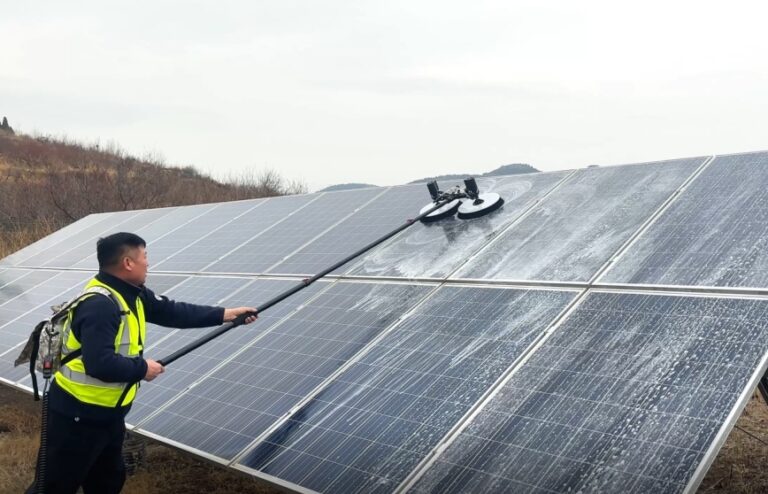
Precautions
- Safety first: in the cleaning process, be sure to wear good protective gear. At the same time, make sure the power supply has been cut off to avoid the risk of electric shock.
- Avoid scratches: When using the electric cleaning brush, be careful to avoid scratching the surface of the solar panels. Choose a good quality brush disc and cleaner to ensure that the cleaning process will not cause damage to the solar panels.
- Regular Cleaning: In order to maintain the power generation efficiency of the solar panels, regular cleaning is recommended. In summer, Australia, due to the hot and dry weather, it is recommended to carry out cleaning once every fortnight.
common problems
How important is it to keep solar panels clean?
Any kind of dirt or debris can affect the production of solar energy. The sediment will prevent solar energy from entering the solar panel, and over time, the pollution will gradually accumulate, and the solar energy production will be greatly reduced. It’s important to clean it, both for your and your family’s safety and for solar itself.
How often should solar panels be cleaned?
According to Minta, Novelty Solar’s lead project manager, cleaning time depends on how long it has been since the array was last cleaned and how dirty the panels are.
Can I use detergent or window cleaner on my solar panels?
Mild detergents can be used, but professional cleaners have mixed opinions about window cleaners. Some say they contain harshness and can damage solar panels or leave streaks and marks that affect performance. Others say they are cheap and effective. When in doubt, choose a detergent, preferably a biodegradable one!
Do I get free safety accessories when I buy brushes?
Yes
How to clean scrub brush?
Separate individual brushes and rods, soak them in a mild cleaner and let them dry. For more information on how to clean scrub brush, please refer to know more
Know more
Conclusion
Solar energy is a valuable resource in Australia. By regularly cleaning our solar panels, we can maximise this resource and provide clean, reliable energy for our homes and businesses. We hope this article has provided you with some useful tips and guidance to help you better maintain your solar system. If you have any questions or need further assistance, please feel free to contact us!










